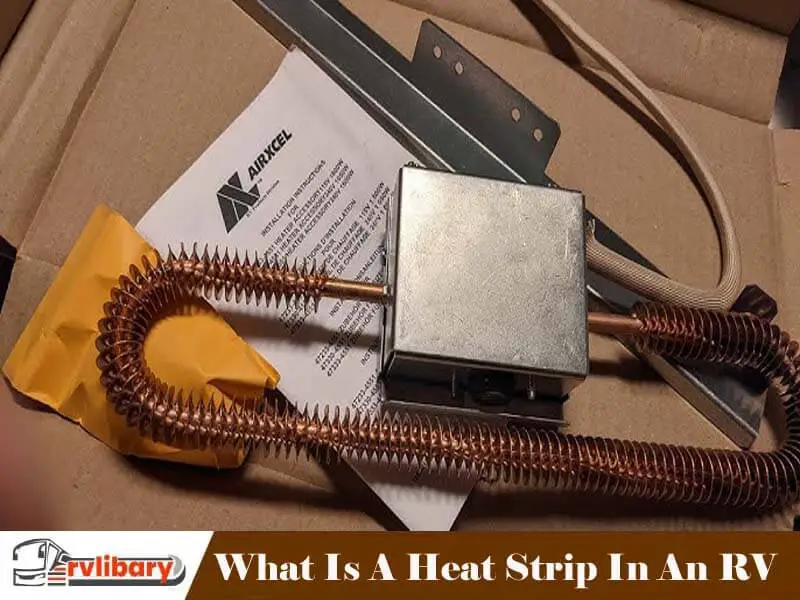Do you know what is a heat strip in an rv? A heat strip is a component used in an RV that helps keep the temperature inside the vehicle within specific parameters. It helps maintain the comfort level inside the RV.
As RV owners, we always look for ways to improve our vehicles and lives. Heat strips are a component we often use to keep our vehicles comfortable and safe. We will cover the basics of a heat strip and how it works.
What is a heat strip in an rv?
Heat strips are heating elements that warm the air in your RV. It’s often used on motorhomes and other vehicles where space is at a premium, as it can heat a small room without requiring much installation time or energy consumption. Heat strips often take up only about one square foot of floor area because they’re lightweight and easy to install.
If you’re looking for an alternative to an expensive furnace or want something more efficient than an electric blanket, heat strips may be suitable for you!
How does a Heat Strip work?
A heat strip is connected to a standard household electrical outlet and then used in place of a rv heat pump. A thermostat controls the temperature to which it heats. The thermostat can be programmed for specific temperatures or set at a constant temperature until you manually change it. Heat strips generally provide heating for only one RV area but may also be used for an entire RV if necessary, and space allows for it.
Are heat strips necessary?
Heat strips are not necessary for RVs. They are a comfortable, convenient way to keep your RV warm and cozy during the winter, but they’re no longer necessary. Many RV owners do just fine with only keeping their windows open and closing them when it gets chilly outside.
For those who want to enjoy being comfortable during colder nights in their RVs, a dometic heat strip can be an excellent choice for heating your space quickly and efficiently.
Some Heat Strip Issues
A heat strip can be damaged by water. If a heat strip is exposed to water, it will eventually short out and no longer work. If you leak your RV, or if it rains on the outside of your RV, this can cause damage to your heat strip.
If you use the heat strip too much in an area that doesn’t need heating (like a bathroom), this may cause damage as well. This is because these circuits are meant to heat small areas, not whole rooms!
Another possible way you could damage your heat strip is if it’s placed in the wrong location or position within your RV’s electrical system. Heat strips should never be placed near other circuits, such as HVAC systems, since they require similar amounts of power and can easily interfere with each other if placed too close together.
Some concerns with Heat Strips
Heat strips come with some downsides, though. They don’t heat as well as a furnace and can be noisy. Heat strips are also more dangerous than furnaces because they won’t shut off if a fire or electrical failure occurs. Additionally, because they utilize electricity to drive their heating element rather than natural gas or propane, they are more expensive to maintain than furnaces.
Heat strips aren’t suitable for cold weather; they work best at temperatures above zero degrees Celsius (32-degree Fahrenheit). If you’re traveling through the Arctic Circle, you’d need something other than a heat strip—like a furnace—to keep things warm inside your RV during those chilly months!
Conclusion
A heat strip is a perfect solution if you want to stay warm inside your RV! It provides a lot of warmth without using much energy. If you live in a cold climate or regularly travel through winter months, then it’s worth considering adding one to your rig.
